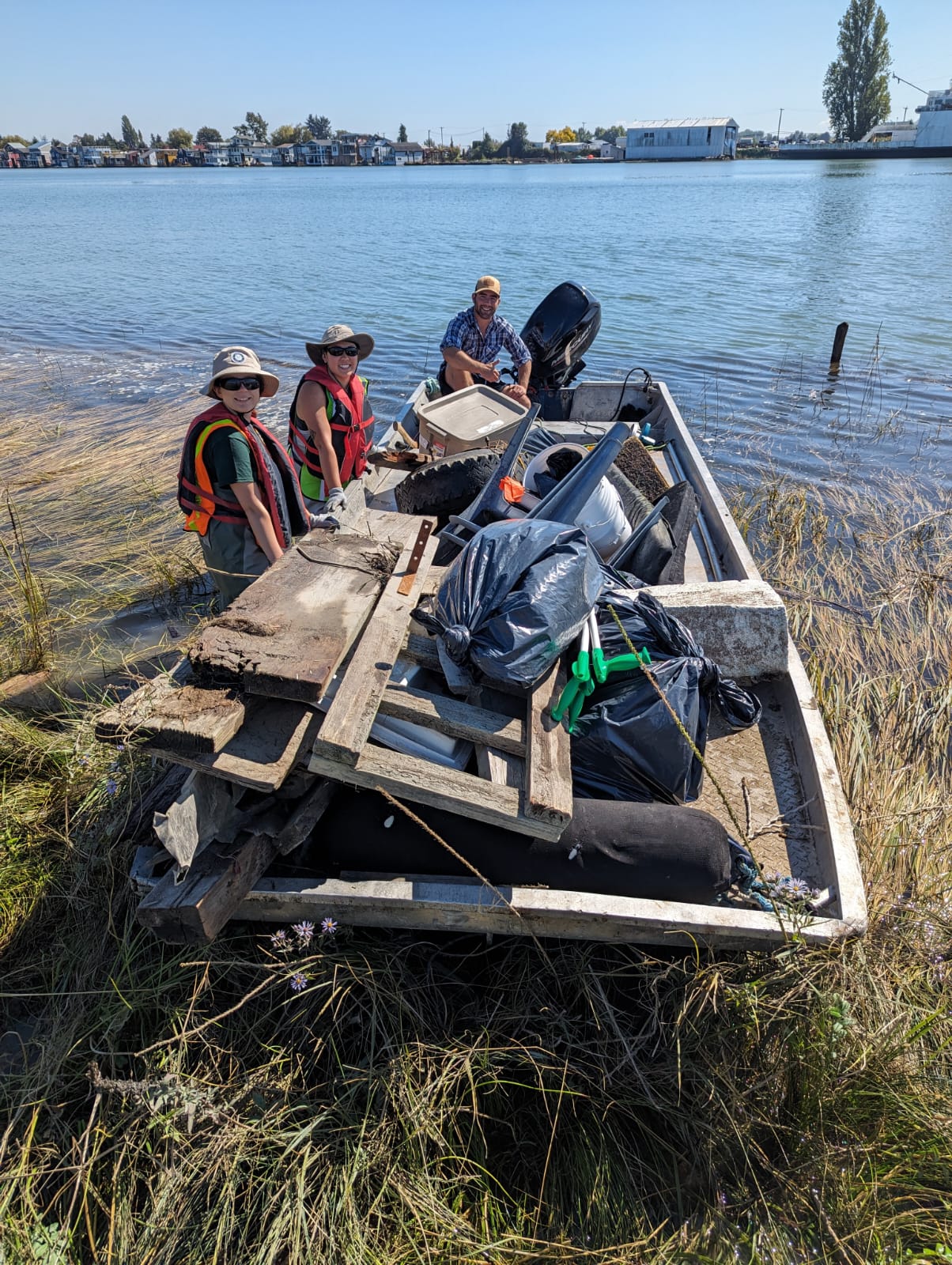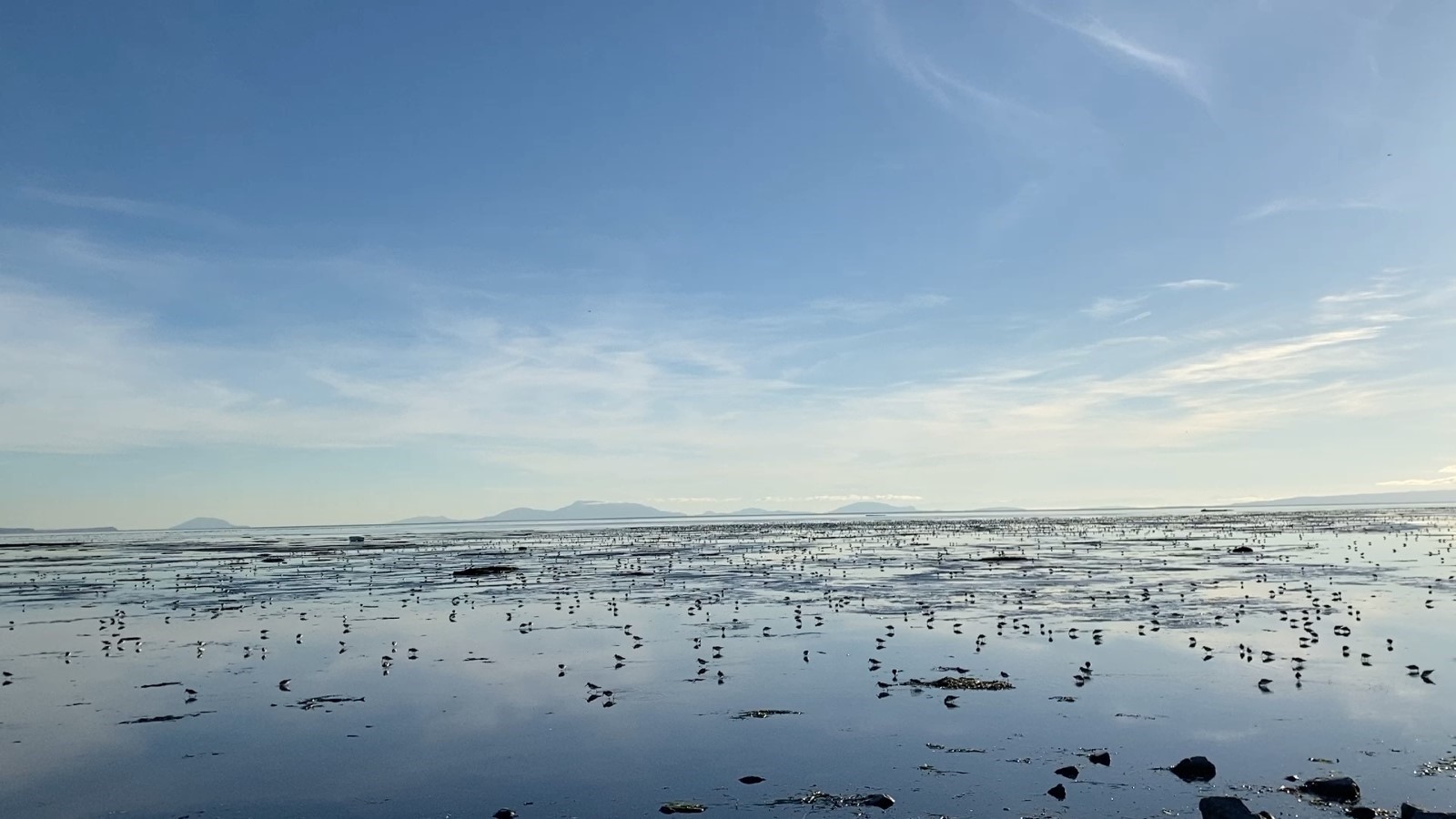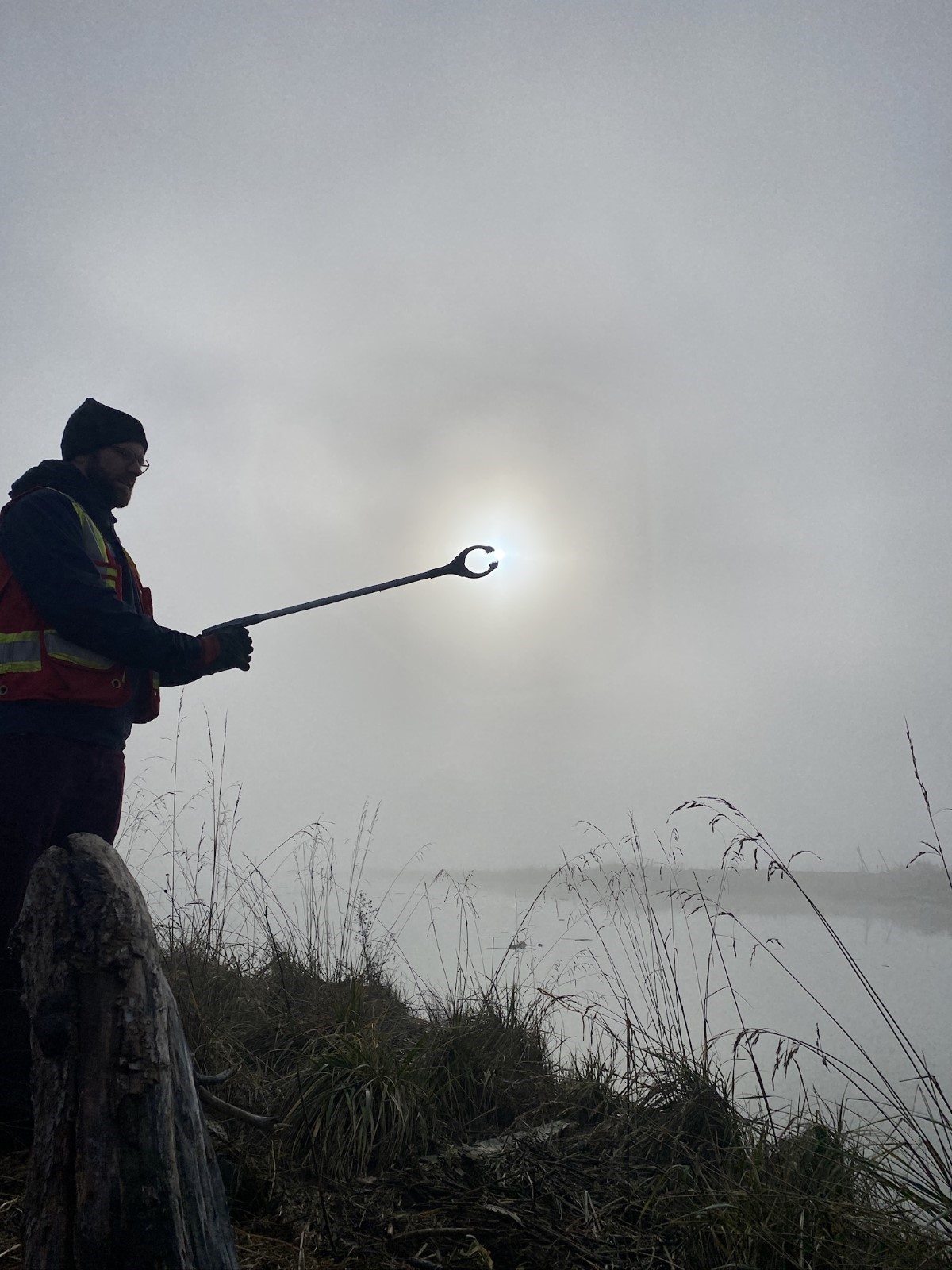The Fraser River Tidal Marsh Clean-up team greatly surpassed its early objectives for its estuary cleanup project by collecting over 12 tonnes of plastic trash, crabbing and fishing gear, boat parts and other assorted debris in just three months, nearly hitting their two-year target.
The collaboration between the B.C. Wildlife Federation, the Tsawwassen First Nation and the South Coast Land Management Program was projected to pull 15 tonnes of garbage from the shorelines, marshes, and tiny islands in the lower Fraser River before the end of 2025. At this rate, however, the project is set to surely exceed its goal in its next stint, which is set to begin again in 2024.
Boots on the Ground Summary
The cleanup began in September in the South Arm Marshes under sunny 30°C conditions. The crew focused on the marshes and shorelines of Kirkland, Barber, Gunn, Deas, and Westham islands, along with several unnamed islands. They managed to clear an impressive 7.4 tons of debris by the end of the month. The team encountered typical debris like bottles and plastic containers, and some unexpected finds like lightbulbs, car parts, and even messages in bottles.
Mad Props Marine managers Jeremy and Kaileb provided equipment needed to recover debris in wildlife management areas that are only accessible by boat.
 The Fraser River Tidal Marsh Crew and the Mad Props skiff.
The Fraser River Tidal Marsh Crew and the Mad Props skiff.
Two Guys Disposal supplied bins for debris storage and managed the sorting and disposal of the collected garbage once the bins were filled, which streamlined the cleanup process, allowing the team to focus on the task at hand without worrying about waste management logistics.
 Two Guys Disposal taking one of several loads of debris from the Fraser River Estuary this fall.
Two Guys Disposal taking one of several loads of debris from the Fraser River Estuary this fall.
 The crew, Bianca Li (Lead), Brooke Morrice (Technician), Chris Mahoney (Technician), Nik Jarvis (CCC Intern), Michael Armstrong (CCC Intern), and Ebba Hooft Toomey (Technician, not pictured), waiting for boat pickup on Kirkland Island with a day’s work.
The crew, Bianca Li (Lead), Brooke Morrice (Technician), Chris Mahoney (Technician), Nik Jarvis (CCC Intern), Michael Armstrong (CCC Intern), and Ebba Hooft Toomey (Technician, not pictured), waiting for boat pickup on Kirkland Island with a day’s work.
“Navigating through tall vegetation and frequent channels presented exciting challenges,” noted Ebba, a BCWF technician. “A few of us even took accidental swims.”
In October, the team focused on Boundary Bay. Over six weeks, they effectively covered 11 km and 168 hectares, removing 3.79 tonnes of debris. The mud flats and low-growing grasses, sedges, and sea asparagus are home to thousands of migratory birds including a nearby colony of blue herons. The crew, bolstered by volunteers from the the Tsawwassen First Nation, was treated to breathtaking wildlife, stunning sunsets while ridding 40 hectares of marsh of recreational debris such as beach toys, crabbing equipment, boat parts, and even a kayak.
 Ebba, with a large Styrofoam block, in waist-deep water in the South Arm marshes Wildlife Management Area
Ebba, with a large Styrofoam block, in waist-deep water in the South Arm marshes Wildlife Management Area
The project culminated in December at Sturgeon Banks, where the crew and volunteers covered 38 hectares of marsh.
“The high tides and stormy weather of early winter on the BC coast presented some challenges,” said Ebba. “Nonetheless, everyone enjoyed the diverse habitat of Sturgeon Banks.”
The 2023 phase of the Fraser River Tidal Marsh Clean Up Crew made remarkable strides in cleaning and preserving key areas of the Fraser River estuary. From the South Arm Marshes to Sturgeon Banks, the team’s dedication and hard work, supported by local communities and volunteers, have significantly contributed to the conservation of these vital habitats.
 Shorebirds on the tidal mud flats at Boundary Bay.
Shorebirds on the tidal mud flats at Boundary Bay.
About this Project:
Launched in 2021, Phase One of the Fraser River Tidal Marsh Clean-up was supported by local volunteers and the Tsawwassen First Nation. More than 9,530 kg of debris were successfully cleared from the estuary.
The project’s second phase (2023-2025) aims to remove an additional 15,000 kg of debris from 450 hectares over two years. Building on the initial success of this project, these efforts will improve the quality of wildlife habitat quality and protect the Fraser River Estuary ecosystem.
Accomplished to Date Since the Launch of Phase 2:
– 321.17 hectares covered
– 38.98 km of shoreline covered
– 12+ tonnes of debris removed
– 11 debris hotspots identified
 Chris on a foggy morning at Sturgeon Banks.
Chris on a foggy morning at Sturgeon Banks.
This article was written by:
Ebba Hooft Toomey, Field Technician, B.C. Wildlife Federation
Jamie Long, Conservation Stewardship Communications Coordinator, B.C. Wildlife Federation
